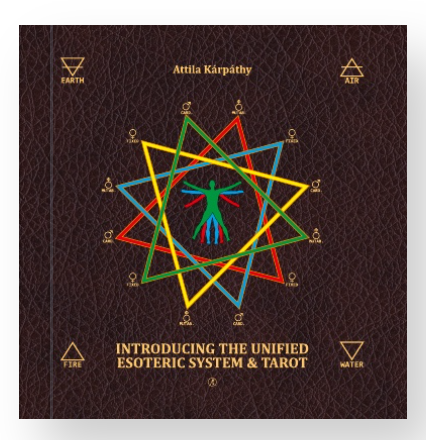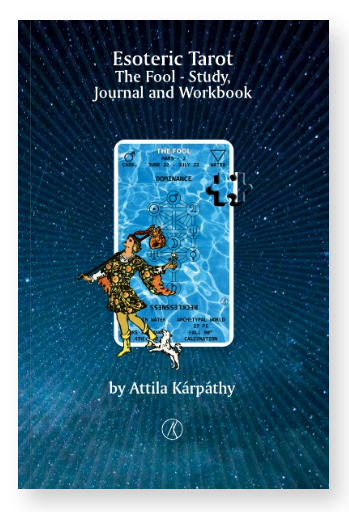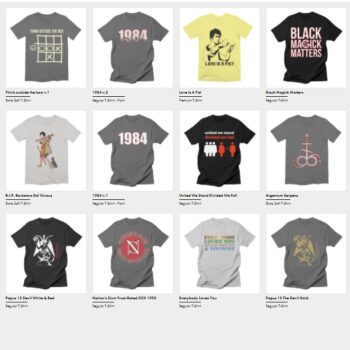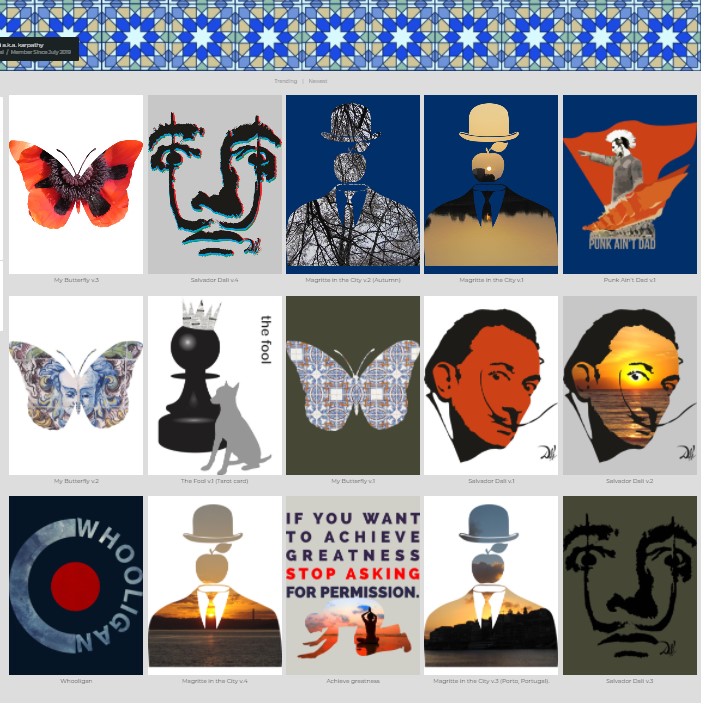
 I knew this will be one of my favorite albums of 2011 even before I’ve been listening into it. I saw them live back in 1999 and since I’m a follower. Playing an explosive mixture of rapcore, dub, dancehall and raggae, using rock instruments and including punk and hardcore influences, ADF are one of the killer acts of Great Britain beside The Prodigy and much recently Subsource. Intense and speeding serious social and political messages, live they will smash off any scene and move the audience, their studio albums maybe do not capture all that energy and explosion, but still they are much heavier than most of the other bands and even heavier than some of the so-called “modern”, alternative or post-metal bands. They unique style of blending hardcore energy, punk rawness, electronics and dub inspired many other artists, but not so many managed to get even closer, not to mention the issue of credibility. Read more Asian Dub Foundation – A History Of Now (2011)
I knew this will be one of my favorite albums of 2011 even before I’ve been listening into it. I saw them live back in 1999 and since I’m a follower. Playing an explosive mixture of rapcore, dub, dancehall and raggae, using rock instruments and including punk and hardcore influences, ADF are one of the killer acts of Great Britain beside The Prodigy and much recently Subsource. Intense and speeding serious social and political messages, live they will smash off any scene and move the audience, their studio albums maybe do not capture all that energy and explosion, but still they are much heavier than most of the other bands and even heavier than some of the so-called “modern”, alternative or post-metal bands. They unique style of blending hardcore energy, punk rawness, electronics and dub inspired many other artists, but not so many managed to get even closer, not to mention the issue of credibility. Read more Asian Dub Foundation – A History Of Now (2011)











